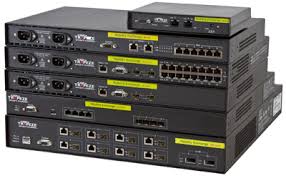

The emphasis here was to show you that the interfaces on your guest OS (Ubuntu) are determined by the Network Adapter Settings of your VMware Player.

The second article dealt with linking your Virtual Machine’s adapters to your Host PC within the Ubuntu/GNS3-WorkBench environment.
#Router for gns3 how to#
In this article, I explained the relationship between your Host PC and the Virtual Interfaces that VMware creates when you install VMware Player, and how to use vmnetcfg.exe. The first article was a tutorial on VMware Interfaces as they relate to your Host PC. This is the third and final article of a series.

If you’d like to learn about that relationship, then read on. Once you become familiar with GNS3, the thought soon strikes – how can I get my PC to talk to the routers in my GNS3 configuration? Since GNS3 WorkBench operates within a virtual machine, the process is a little more complicated than running GNS3 directly on your PC because you have to understand the relationship between your Host PC, your Guest OS (Ubuntu in this case) and the virtualised devices in GNS3.


 0 kommentar(er)
0 kommentar(er)
